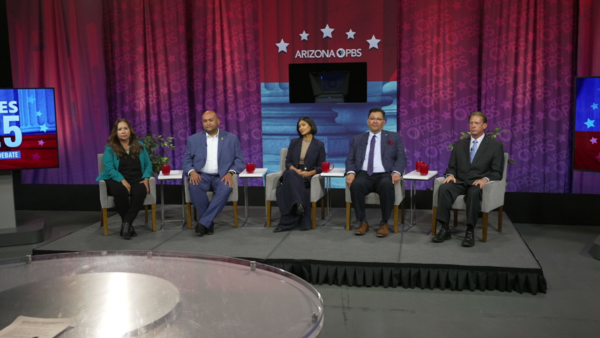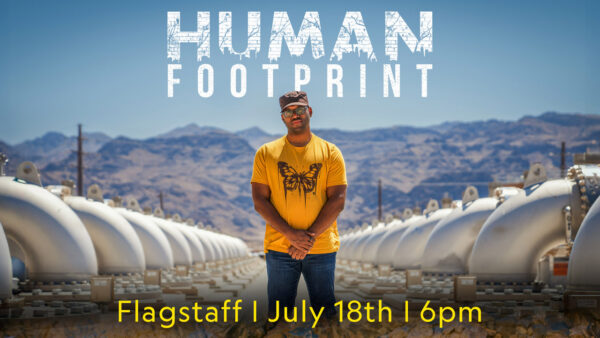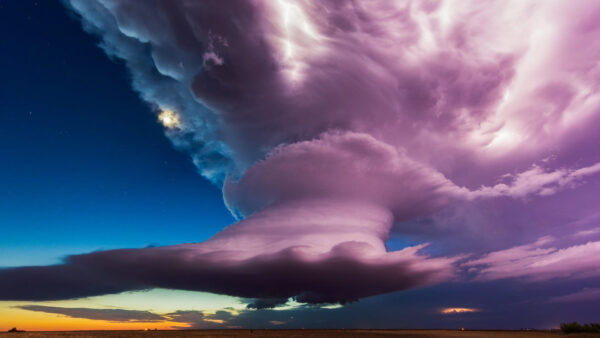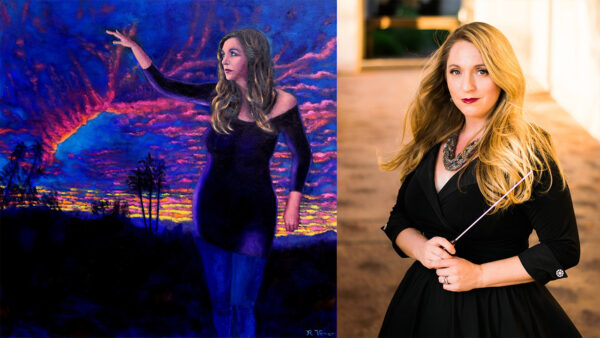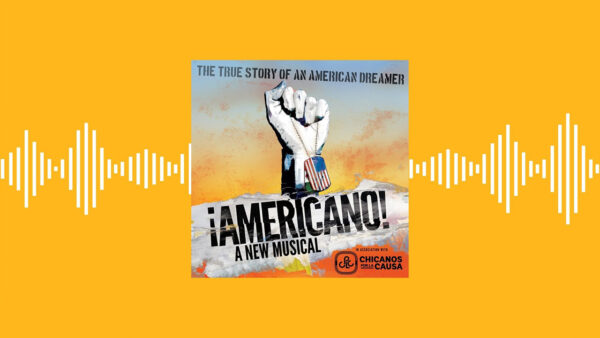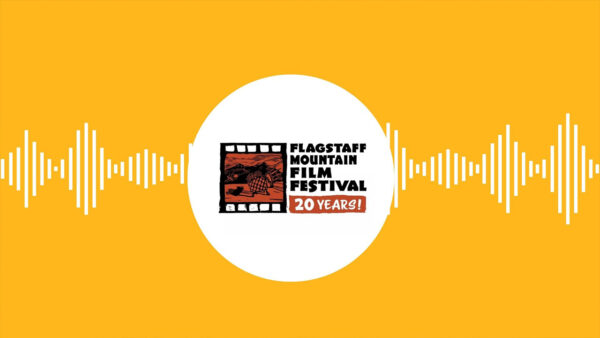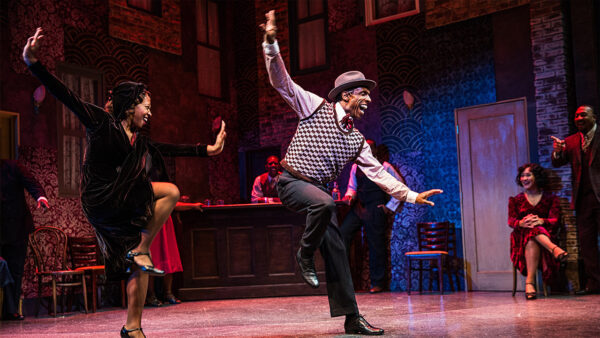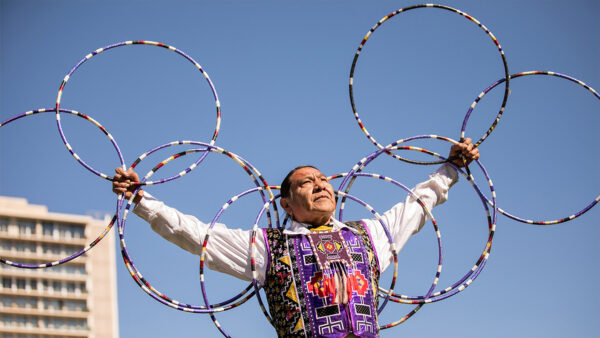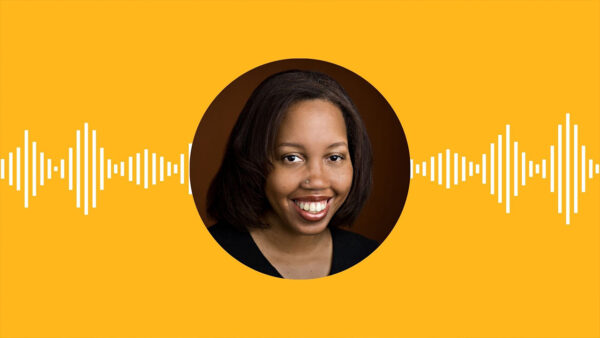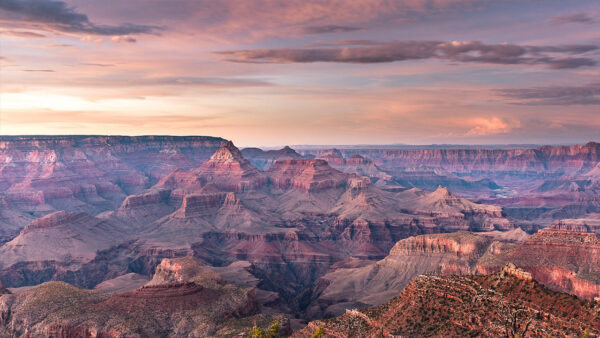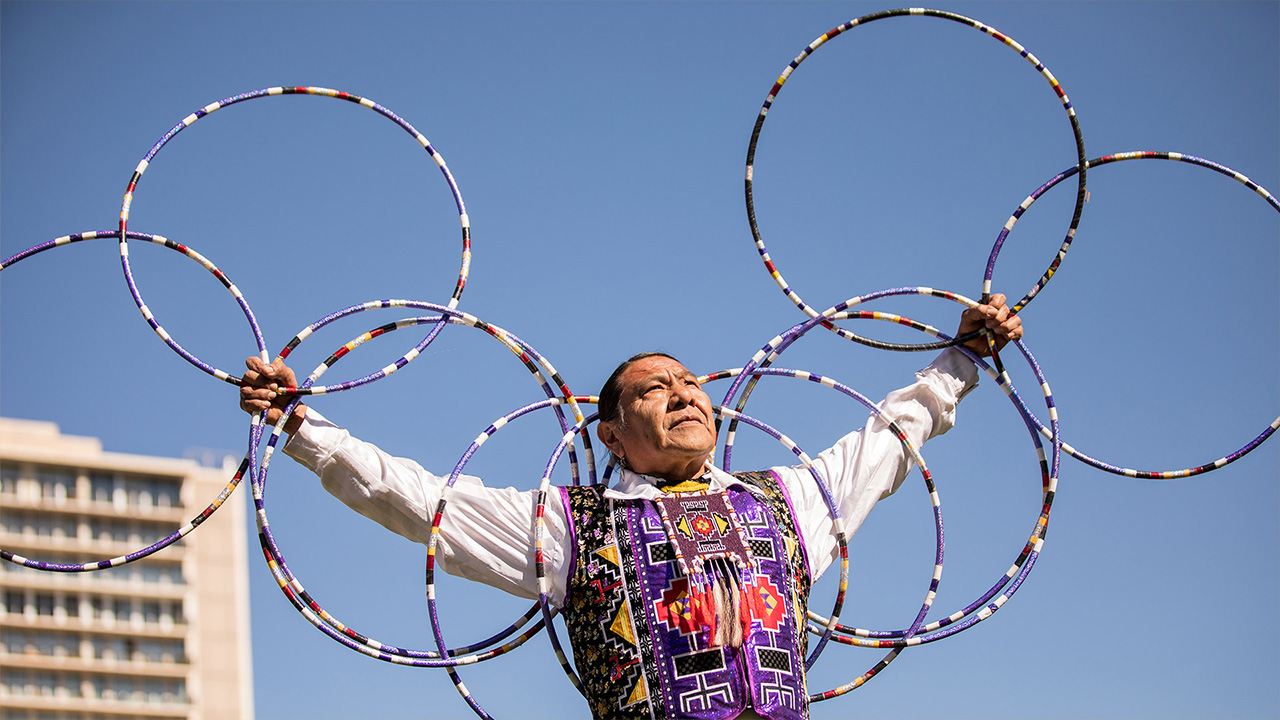
Hoop Dance
March 3, 2022
This “Art in the 48” episode explores the origins of Native American hoop dance and through a conversation with the MC of the world-championship hoop dance competition.
“The hoop dancer dances within what encircles him, demonstrating how people live in motion within the circling spirals of time and space. They are no more limited than water and sky. Their bodies going in and out of multiple hoops. It’s just incredible to see,” said Paula Gunn Allen, native American poet, novelist, commentator and teacher.
The hoop dancing tradition is used in rituals and celebrations across many Native American tribes and groups, each one slightly different in technique, meaning and detail than the other.
The hoop is a symbol of completeness, wholeness and the never-ending circle of life, called “recurrence” by Allen.
The hoop is also an important tool in healing rituals, often used by tribal holy men and women in order to see ailments and restoring balance and harmony. Hoop dancing was also used as a way to bless an upcoming harvest.
“When we dance, we experience the rhythms of nature, like our heartbeats, like seasons, like gestation periods,” said Vanessa Brown, a Navajo hoop dancer.
Each and every tribe has a different origin story and practicality for hoops, whether it be teaching dexterity, or spiritual work.
Today, Tony White Cloud is known as the founder of modern hoop dance, gaining momentous awareness around mainstream media in the ’90s. In 1991, the first hoop dance competition was founded by Ralf and Dennis Zotigh. The following year, the competition was first held at the Heard Museum of American Indian Art in Phoenix, where dancers of all ages could compete. In recent years, performers included 100 of the top Native American, Canadian and First Nations dancers, with hundreds of audience members in attendance.


